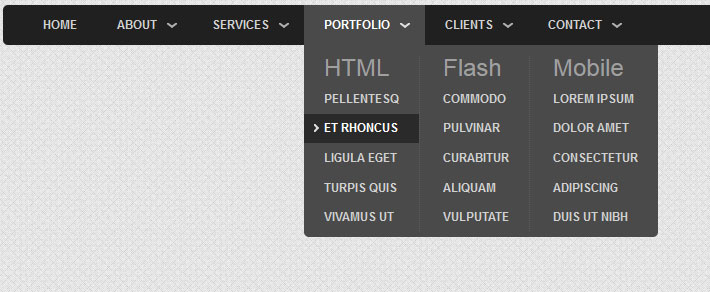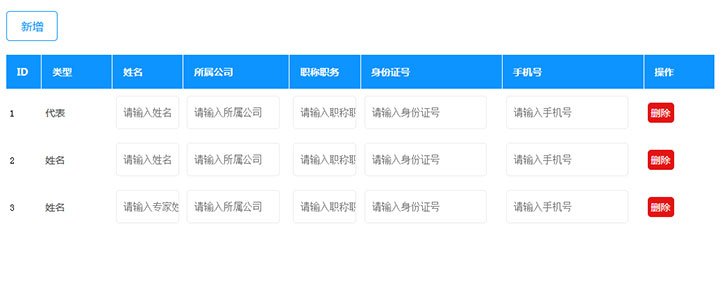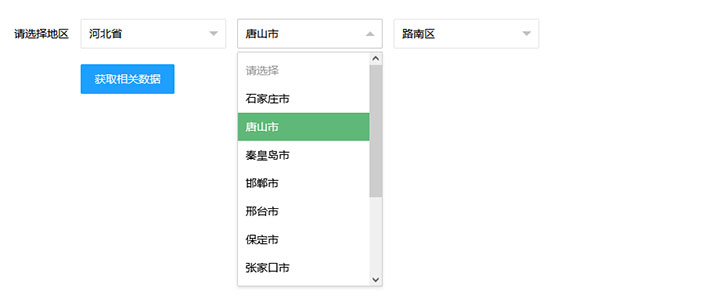java使用HttpClient调用接口
HttpClient 提供的主要的功能
- (1)实现了所有 HTTP 的方法(GET,POST,PUT,DELETE 等)
- (2)支持自动转向
- (3)支持 HTTPS 协议
- (4)支持代理服务器等
直接言归正传了!!!!上代码
public static String sendPutForm(String url, Map<String,String> map, String encoding) throws ParseException, IOException {
String body = "";
// 打印了一下我推送的json数据
log.info("我推送的json数据:" + map);
log.info("我推送的url:" + url);
CloseableHttpResponse response = null;
///获得Http客户端
CloseableHttpClient client = HttpClients.createDefault();
List<NameValuePair> parameters = new ArrayList<NameValuePair>();
for (Map.Entry<String, String> entry : map.entrySet()) {
System.out.println("key = " + entry.getKey() + ", value = " + entry.getValue());
parameters.add(new BasicNameValuePair(entry.getKey(),entry.getValue()));
}
UrlEncodedFormEntity formEntity = new UrlEncodedFormEntity(parameters);
// 配置信息
// 设置连接超时时间(单位毫秒)
// 设置请求超时时间(单位毫秒)
// socket读写超时时间(单位毫秒)
RequestConfig requestConfig = RequestConfig.custom()
.setConnectTimeout(50000).setConnectionRequestTimeout(50000)
.setSocketTimeout(50000).build();
// 向指定资源位置上传内容// 创建Post请求
HttpPost httpPost = new HttpPost(url);
httpPost.setConfig(requestConfig);
httpPost.addHeader("Content-Type", "application/x-www-form-urlencoded;charset=utf-8");
httpPost.setEntity(formEntity);
try {
response = client.execute(httpPost);
// 通过response中的getEntity()方法获取返回值
HttpEntity entity = response.getEntity();
if (entity != null) {
body = EntityUtils.toString(entity, encoding);
}
} catch (Exception e) {
// TODO: handle exception
e.printStackTrace();
} finally {
httpPost.abort();
if (response != null) {
EntityUtils.consumeQuietly(response.getEntity());
}
}
log.info("body:" + body);
return body;
}代码其实就是这么多,还有好多形式。大家可以参考写一下。
java的HttpClient调用远程接口
httpClient比jdk自带的URLConection更加易用和方便,这里介绍一下使用httpClient来调用远程接口。
首先导入相关的依赖包:
<!-- httpClient -->
<dependency>
<groupId>org.apache.httpcomponents</groupId>
<artifactId>httpclient</artifactId>
<version>4.5.3</version>
</dependency>使用方法
1,创建HttpClient对象;
2,指定请求URL,并创建请求对象,如果是get请求则创建HttpGet对象,post则创建HttpPost对象;
3,如果请求带有参数,对于get请求可直接在URL中加上参数请求,或者使用setParam(HetpParams params)方法设置参数,对于HttpPost请求,可使用setParam(HetpParams params)方法或者调用setEntity(HttpEntity entity)方法设置参数;
4,调用httpClient的execute(HttpUriRequest request)执行请求,返回结果是一个response对象;
5,通过response的getHeaders(String name)或getAllHeaders()可获得请求头部信息,getEntity()方法获取HttpEntity对象,该对象包装了服务器的响应内容。
实例
我使用了property文件来保存不同API对应的链接,也可以除去properties文件的读取代码,直接将变量 API换成所需URL
import java.io.File;
import java.io.FileInputStream;
import java.io.IOException;
import java.net.URL;
import java.util.Map;
import java.util.Properties;
import org.apache.http.client.methods.CloseableHttpResponse;
import org.apache.http.client.methods.HttpGet;
import org.apache.http.impl.client.CloseableHttpClient;
import org.apache.http.impl.client.HttpClients;
import org.apache.http.util.EntityUtils;
public class APIUtil {
/**
* 返回API调用结果
* @param APIName 接口在api.properties中的名称
* @param params 访问api所需的参数及参数值
* @return 此处返回的是JSON格式的数据
*/
public static String API(String APIName, Map<String, Object> params) {
String content = "";
//请求结果
CloseableHttpResponse response = null;
//实例化httpclient
CloseableHttpClient httpclient = HttpClients.createDefault();
try {
//读取配置文件的URL
Properties properties = new Properties();
URL fileURL = APIUtil.class.getClassLoader().getResource("api.properties");
properties.load(new FileInputStream(new File(fileURL.getFile())));
String API = properties.getProperty(APIName);
//构造url请求
StringBuilder url = new StringBuilder(API);
if(params!=null && params.size()>0) {
url.append("?");
for(Map.Entry<String, Object> entry : params.entrySet()) {
url.append(entry.getKey()+"="+entry.getValue()+"&");
}
url.substring(0, url.length()-1);
}
//实例化get方法
HttpGet httpget = new HttpGet(url.toString());
//执行get请求
response = httpclient.execute(httpget);
if(response.getStatusLine().getStatusCode()==200) {
content = EntityUtils.toString(response.getEntity(),"utf-8");
}
} catch (IOException e) {
e.printStackTrace();
}
return content;
}
}执行完毕后返回API提供的数据。









